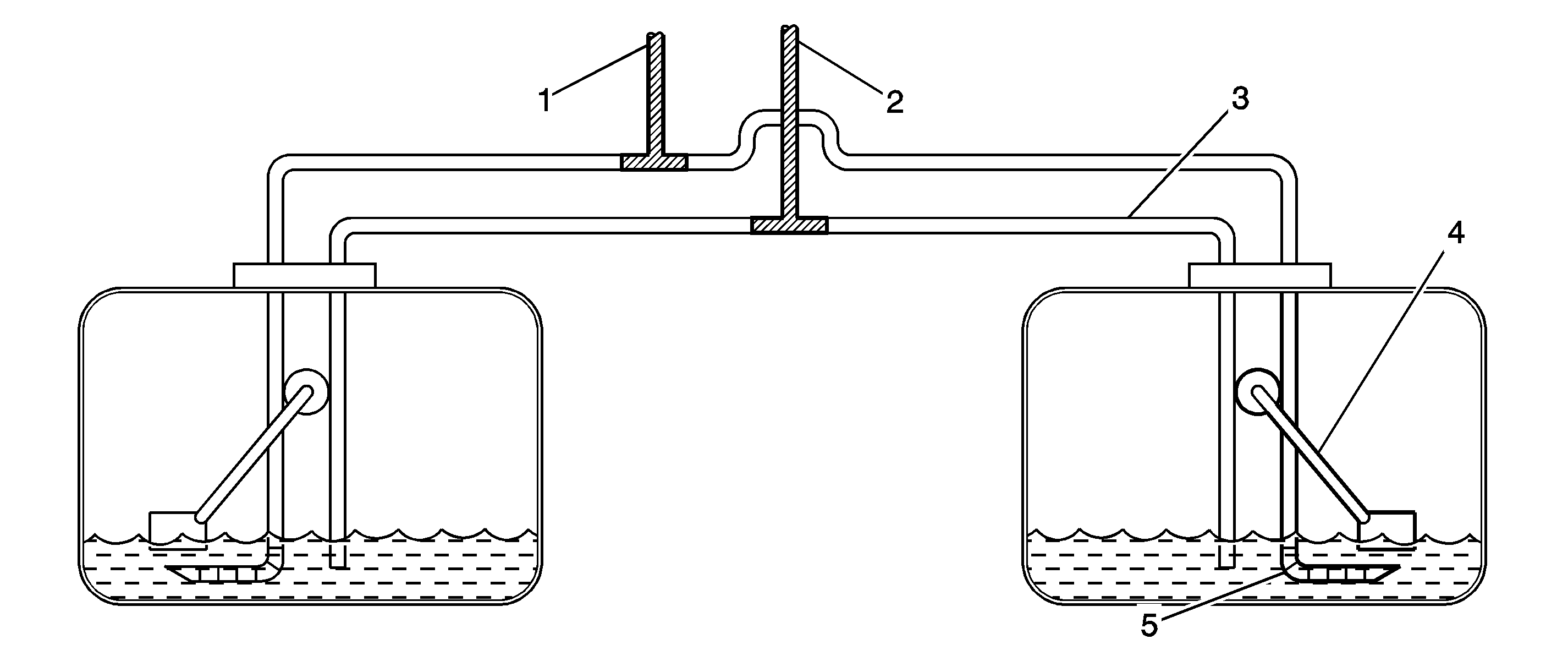
| Subject: | Information on Dual Fuel Tank Fuel Supply and Return Operation |
| Models: | 2003-2008 Chevrolet Kodiak C6500-C8500 Series |
| 2003-2008 GMC TopKick C6500-C8500 Series |
| 2004-2008 Chevrolet F-Model T6500-T8500 Series |
| 2004-2008 GMC F-Model T6500-T8500 Series |
| with 7.8L Duramax (VIN 3 -- RPO LG4) or 7.2L CAT (VIN C -- RPO LG5) Diesel Engine |
| and Dual Side Mounted Fuel Tanks |
This bulletin is being revised to add the 2007 and 2008 model years and remove the Isuzu models. Please discard Corporate Bulletin Number 06-06-04-044 (Section 06 -- Engine/Propulsion System).
This bulletin is being issued to better explain how the dual feed/dual return fuel system functions on trucks equipped with dual side mounted fuel tanks, and to recommend that both tanks be filled during refueling.
Some customers may attempt to operate their vehicles by only filling one fuel tank and assuming the system will transfer fuel to the other fuel tank under all operating conditions.
The fuel return system is designed to balance the fuel levels over time, but there must be a sufficient amount of fuel in each tank to allow the system to accomplish the task.
The fuel system on these vehicles is a dual feed/dual return system. This system does not have a primary fuel tank and a secondary fuel tank, where the engine pulls fuel from the primary tank and the secondary tank transfers fuel to the primary tank when
required. With this system, the engine pulls fuel from both tanks at the same time. As with most diesel fuel systems, this system supplies more fuel to the injection pump than is required to operate the engine. The extra fuel is returned to the fuel tanks.
This system is designed to distribute the returned fuel evenly to both tanks when their levels are near equal and to send more fuel to the tank with the lower level when the levels are significantly different.
The return lines, in the sending unit, end in close proximity to the bottom of the tanks. As long as the level in the tanks has not dropped below the end of the lines, a siphoning effect will occur and continue until the level in the tanks are equal. This,
along with the returning of fuel from the injection pump, keeps the level in both tanks nearly equal over time.
Fuel Level Senders in Tanks Operation (Even Surface)



